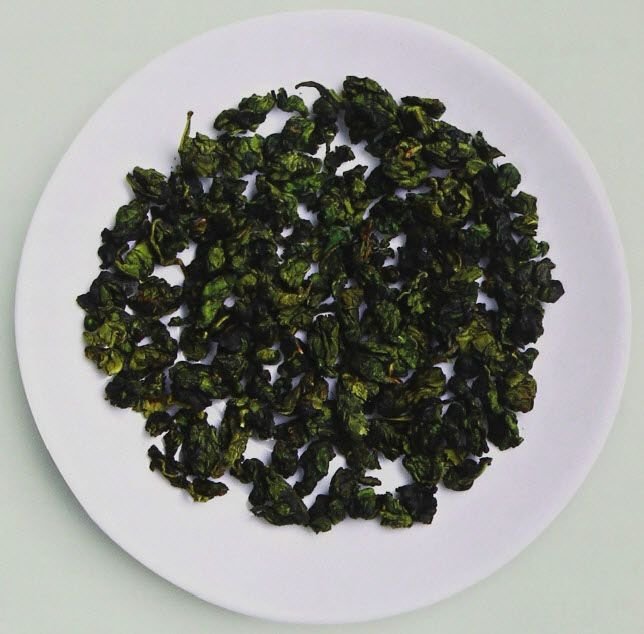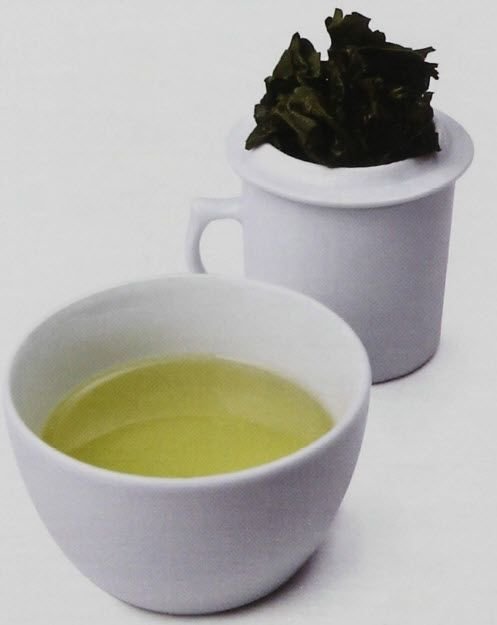Table of Contents
Learn More about Yongchun Foshou Tea
Yongchun Foshou Tea Introduction
Yongchun Buddha’s Hand is a famous historical tea. It is said that it was cultivated by grafting the branches of tea trees onto bergamot. Bergamot is a rare and attractive fruit with a fragrant aroma. The tea is named after Buddha’s Hand, not only because its leaves are very similar to those of bergamot, but also because the dry raw tea produced after brewing exudes the same fragrance as bergamot.
Yongchun Foshou Tea History
Yongchun Buddha’s Hand Tea was created during the Republic of China period. After liberation, it has won the gold medal at the China Agricultural Expo for many times, was named “Fujian Famous Tea” four times, and won the title of Buddha’s Hand Tea King in the county for five consecutive times. It obtained geographical indication product protection on December 28, 2006.
Yongchun Foshou Tea Origin
Sukeng, Yudou and Guiyang townships in Yongchun County, Quanzhou City, Fujian Province
Yongchun Foshou Tea Production Process
There are two varieties of bergamot: red bud bergamot and green bud bergamot. Spring tea is picked from mid-April to mid-May; autumn tea is picked from early September; winter tea is picked from late October to early November. The picking standard is two or three leaves. When picking, it should be picked in batches and multiple times according to the maturity of the new shoots, the size of the buds and leaves, and the growth position. The buds and leaves with relatively consistent maturity should be picked, and the freshness and uniformity of the buds and leaves should be ensured. After the fresh leaves are picked, they are made through the processes of airing, sun drying, airing, shaking, killing, rolling, initial baking, wrapping and rolling, re-baking, re-wrapping and rolling, and full fire.
Yongchun Foshou Tea Purchase Guide
Yongchun Buddha’s Hand is divided into special, first, second and third grades, and there are three types: light fragrance, strong fragrance and rhythmic fragrance. The products produced in Sukeng Town, which is known as the “Hometown of Buddha’s Hand Famous Tea”, are of better quality, and spring tea is the best, followed by winter tea.
Yongchun Foshou Tea Quality Identification
◎Special grade Yongchun Buddha’s Hand: The leaves are strong and solid, the color is dark and oily, the aroma is rich and long, the taste is mellow and sweet, the soup is golden, clear and bright, the leaves are thick, soft, bright, uniform, and the red edges are obvious. ◎First grade Yongchun Buddha’s Hand: The leaves are relatively strong and solid, the color is still oily, the aroma is noble, the taste is mellow, the soup is golden and clear, the leaves are thick, soft, bright, uniform, and the red edges are obvious. ◎Second grade Yongchun Buddha’s Hand: The leaves are still strong and solid, the color is slightly brown, the aroma is mellow, the taste is still mellow, the soup is still golden and clear, and the leaves are still soft and bright. ◎Third grade Yongchun Buddha’s Hand: The leaves are slightly coarse and loose, the color is brown, the aroma is pure, the taste is pure, the soup is orange-yellow, and the leaves are slightly flowery and rough.
Yongchun Foshou Tea Brewing Method
The method of brewing Yongchun Buddha’s Hand Tea at home is relatively simple. You can use purple sand or white porcelain utensils. Mountain spring water is the best, and the water temperature is 95-100℃. Generally speaking, it needs to be “warmed and soaked” before drinking, that is, the tea leaves should be washed.
Related Products of Yongchun Foshou Tea
Compressed Tea
Zhangping Shuixian Tea
Zhangping Narcissus is a famous historical tea, also known as “paper-wrapped tea”, with a history of sixty to seventy years. In 1995, Zhangping Narcissus won the gold medal at the Second China Agricultural Expo and was included in the “Chinese Famous Tea List”.
Compressed Tea
Gold Brick Tea
Golden Brick is a newly created famous tea and one of the new products in the Junshan Yellow Tea series. It is named because of its brick-like appearance and the characteristics of yellow leaves and yellow tea. The launch of Golden Brick not only enhances the influence of Junshan Yellow Tea, but also expands the development space of yellow tea.
Compressed Tea
Orange Puer Tea
Orange Pu’er tea is a special type of compressed tea made from tangerine peel and Pu’er tea. It has the mellow taste of Pu’er tea and the sweet and fresh fragrance of tangerine peel. Aged orange Pu’er tea has the effects of warming the stomach, drying dampness and removing phlegm, and reducing weight and reducing blood lipids.
Fruity Tea
Lychee Black Tea
Lychee black tea is a newly created famous tea, created by Guangdong Tea Import and Export Company in the 1950s. Its appearance is similar to that of high-quality bar black tea, but it is mixed with lychee juice, giving it a unique lychee flavor.


